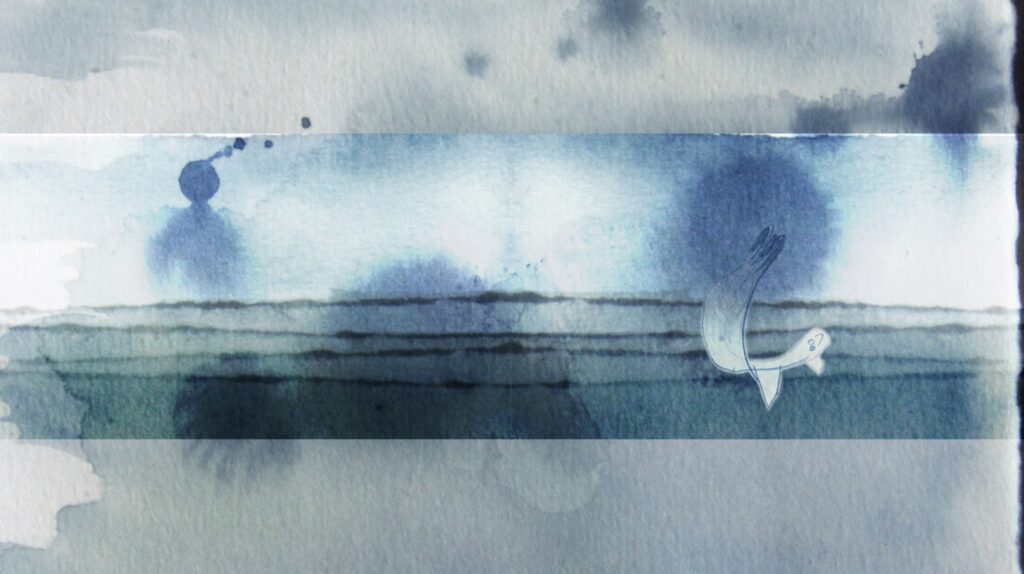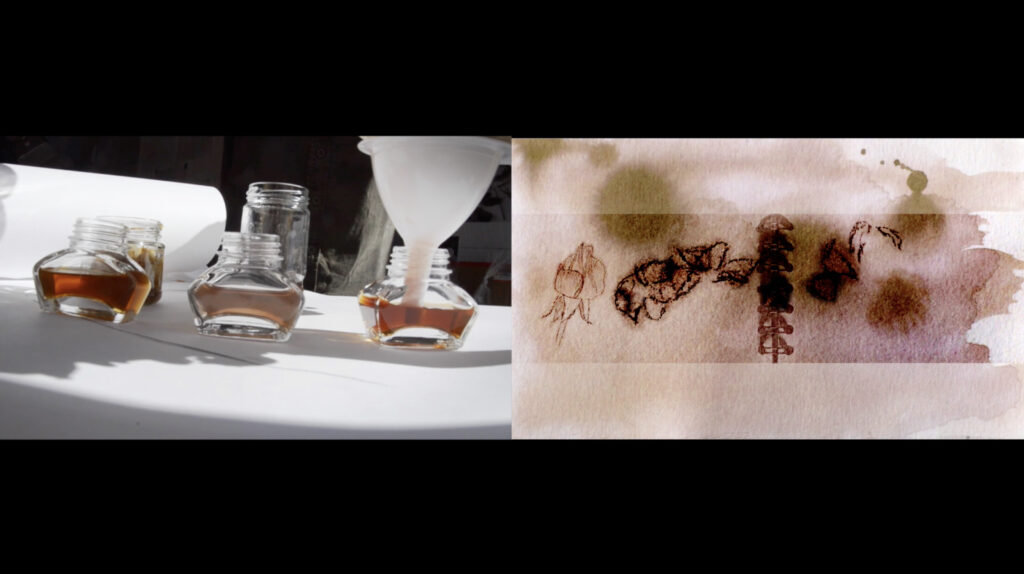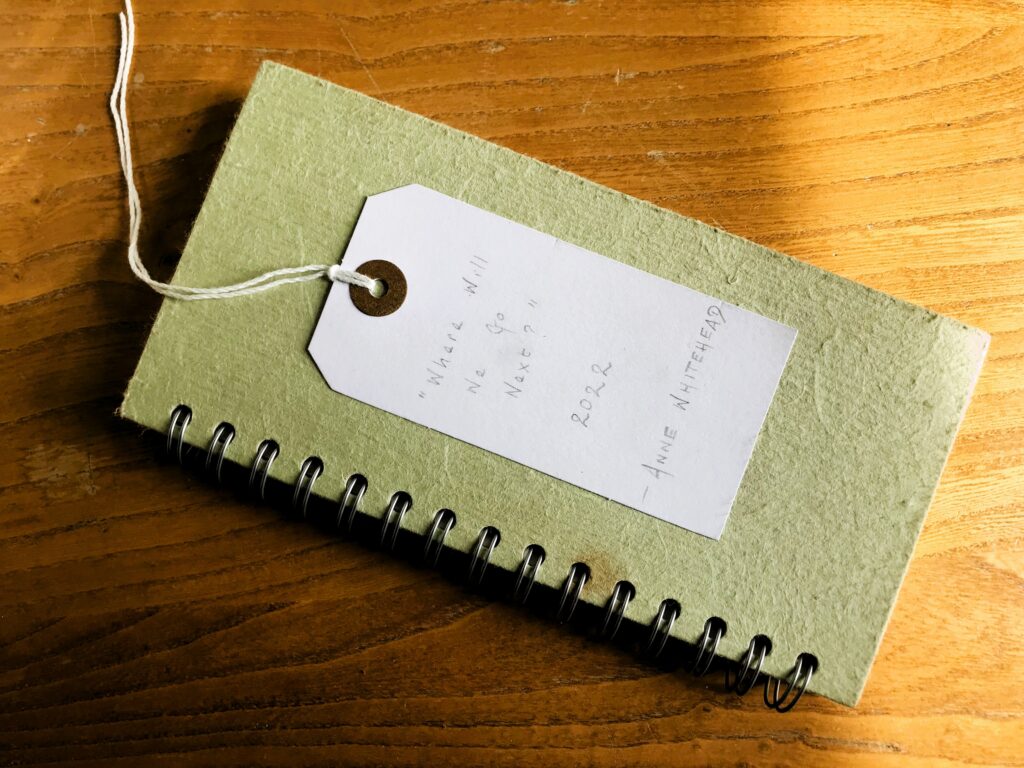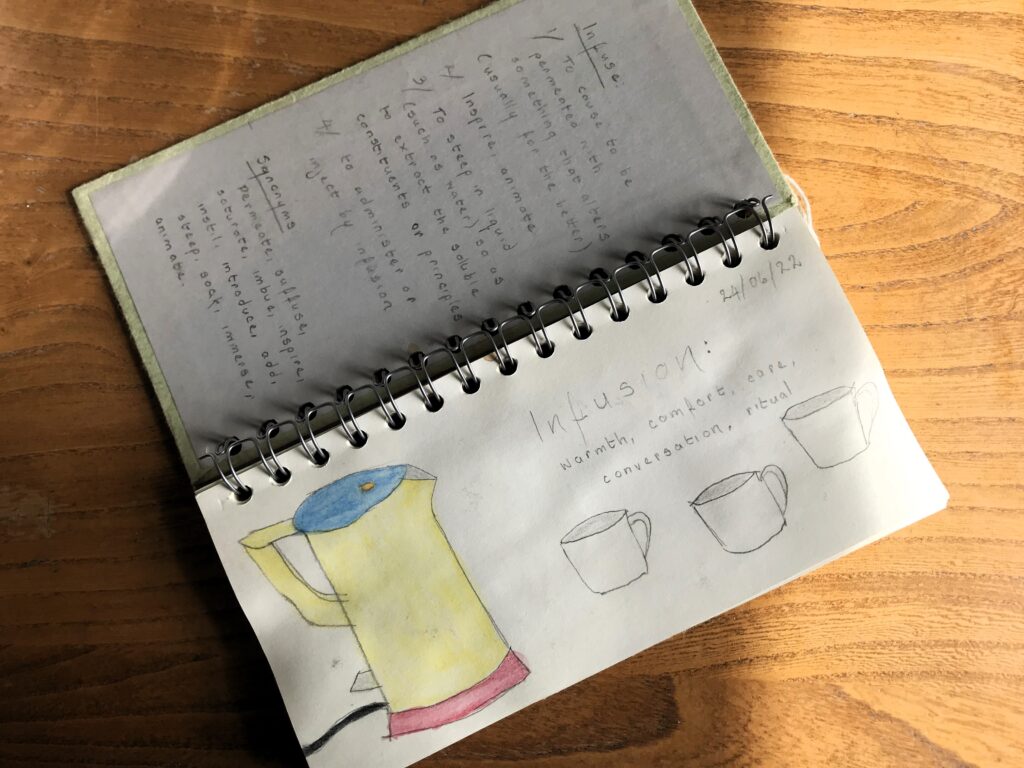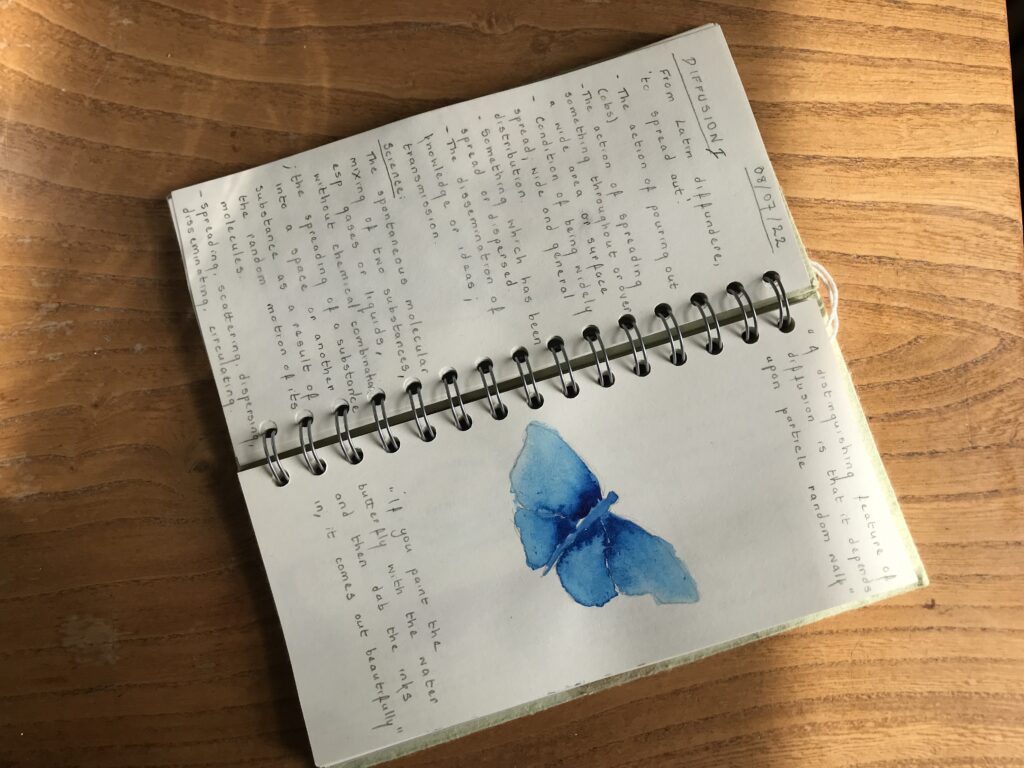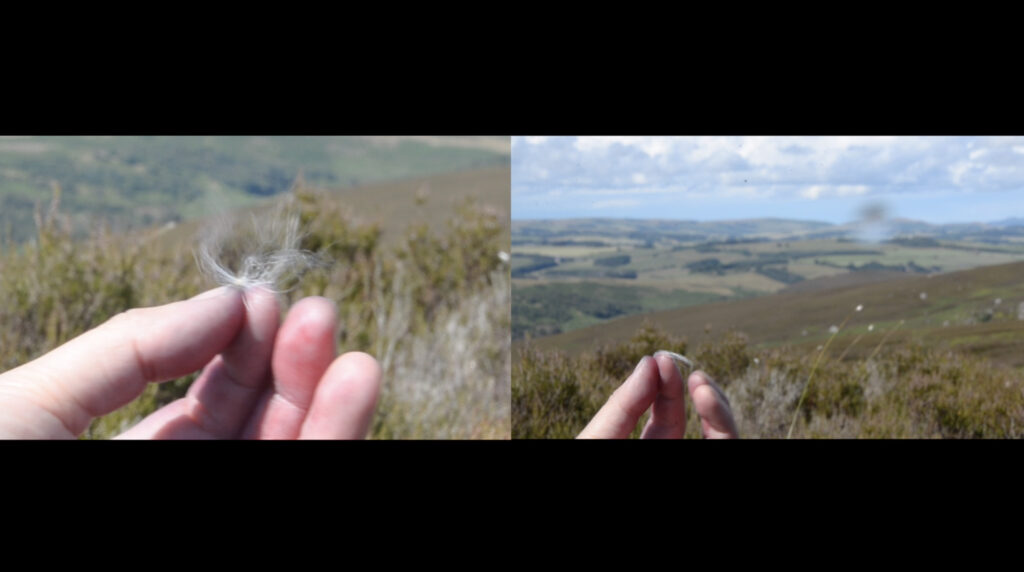
To mark Baby Loss Awareness Week (9-15 October), I am posting the text of a talk I recently gave at a half-day event focusing on sensitive subjects. Organized by Olivia Turner at Newcastle University, the workshop explored ethics and sensitive subject matters in creative practice.
Working with Lived Experience of Losing a Baby from a Multiple Pregnancy
The film Where We Will Go emerged out of a year-long practice of engagement with two families who had lost one twin from a multiple pregnancy at or before birth. The project team was me, Judith Rankin from the Faculty of Medicine, Nicholas Embleton from the Neonatal intensive Care Unit at the Royal Victoria Infirmary, and the charity Tiny Lives. We commissioned artist-researcher Kate Sweeney as the creative practitioner on the project.
The first phase of the project worked individually with parents, and Kate invited them to go on a ‘memory walk’ in a place that was meaningful for them and gather materials from which inks would be made. These inks were then given back to the parents, and the families drew and wrote with them – Kate has animated these images in the film, alongside footage of the places the parents went. In the project’s second phase the parents were brought together for the making of the film. Attention turned to the text of the film, which Kate compiled from conversations with the parents, as well as to the sound recording of the voices, and reviewing edits of the film together.
In this presentation, I focus on two aspects of the project that resonate with the theme of sensitive subjects. First, I think about the practice of working with a lived experience that the parents still sometimes struggled to think about. Secondly, I reflect on the importance to the film not of twinning but of triangulation.
First, then, the practice of representing a subject that was profoundly sensitive to the parents who participated in the project. They wanted the film to represent their experience, both as a resource for other parents and as a vehicle for talking to their children about their missing twin, or sibling, either now or in the future. But they also did not want to make a film that they would find difficult to watch – they wanted parents experiencing this form of loss to watch the film and be comforted by how other parents had navigated it, so that they would have hope. One mother observed: ‘I’d like the film to be able to help others in those initial days, so that they know it does improve. That you can live beside it. We all move together alongside her.’ The process of making the inks sought to base the project in an activity: the parents were doing and could say as little or as much around that as they wished. The activity was slow and structured, and the parents chose to involve their children and their own parents in the gathering of the materials.
What was striking was the extent to which, in talking about the inks and their making, the parents were able to speak of their loss, and perhaps more powerfully so than in addressing the death head on. Kate spoke of the process of making inks as one that held its own poetic vocabulary of grief. For example, the darkening of the ink as the materials react to the mordant is called a saddening. We thought about the inks as infused with the materials and with their associations. The rose inks were made from petals gathered from the rosebush planted in remembrance of the lost twin in her grandparent’s garden and the fragrance of the ink prompted a wish for the baby’s memory to infuse the heart of the person who opened the bottle, the scent meaning that they too could learn her ‘by heart’. Gathered by the twin’s grandparents, the petals were sorted and sent to her parents in the post, the activity a means of familial connection and itself communicative of hopes that they (she) would survive the journey. Describing the act of making a painted butterfly with her eldest daughter, another mother observed: ‘You put it together and see how it’s separated out, with the inks pulling through’. She then described the responses of her two children to the loss of their sister: ‘Her twin brother doesn’t even know what he’s lost. Her sister feels the loss more because she wanted a little sister. But she would have been more left out if she was here.’ The act of separating out and the inks pulling through bleeds into an articulation of how the baby’s memory diffuses differentially through her sibling and co-twin.
The memorialisation of babies lost at or around birth tends toward the metonymic register. The cast of a footprint is powerful because it is a part of the whole, it stands for what is missing. The inks tend more toward the metaphoric register – they enable creativity because they can be infused with any material that holds an association with the loss. The water is a carrier – of the material but also of the associations with which it is invested. In the Buddhist tradition, children who die are ‘mizuko’, which translates as children of the water. The making of the inks resonated with and formalised the mourning rituals in memory of the parents’ own unborn, or born too soon, children.
In making the film, we were aware that at its heart were two twins who had not survived birth. We were working with two families, first one to one and then together. There were two memory walks – one to a beach and one in the hills. The film was structured around twinning of different kinds, and Kate used the split screen of the film to amplify this motif of the double or twin.
Reflecting on the film, I am struck though by the importance of the structure of triangulation. Every session that we held with the parents involved both me and Kate Sweeney as facilitators. For the most part, Kate led the session, and I was in the role of witness, noting down key words and phrases that then formed the basis of the film text. Sometimes I asked for elaboration of a point, or asked questions and gave prompts. I kept my own sketchbook-journal that recorded and reflected on each session in the following days. After each session, Kate and I scheduled half an hour to talk about what had been shared with us and to record some preliminary thoughts.
In terms of process, it seems to me that the triangulation was vital in terms of the sensitivity of the subject matter. It meant that the therapeutic connotations of the one-to-one relation were disrupted. For a form of grief that has not been recognised and that has felt unheard outside of the family group, the witness-function of the third person in the room seemed important to the parents. The sessions offered them a space away from work and family where they could take time to reflect and to create positive new memories in relation to the loss. One parent noted: ‘With a baby to look after, there wasn’t time then to process the loss properly. The sessions provide a mental space and you and Kate are open and listening. There are no interruptions. The memories are so few and the focus is around the funeral. The project is giving us prompts to create new memories and associations.’ The triangulation enabled the project team to hold the difficult memories between and across the sessions and to shape the film in response to them.
What then is to be summed up from these reflections? The main point I want to pull out of these threads is the value of indirection in relation to sensitive subjects, of coming at things at a slant. One the one hand, the process of making and talking about the inks embedded indirection into the project’s process, making them a carrier of meaning, loss and hope. On the other hand, indirection was achieved through embedding into the conversations a witness, who is an explicitly reflective and recording presence. The ethics of the project then lie not only in enabling the parents to speak of this underacknowledged form of grief, but also in enacting and reinforcing the act of listening, so the parents also knew that they had been heard.

